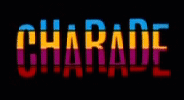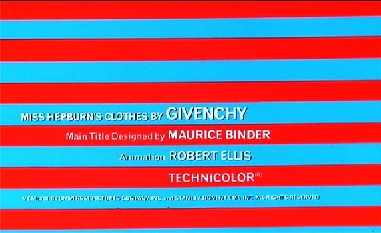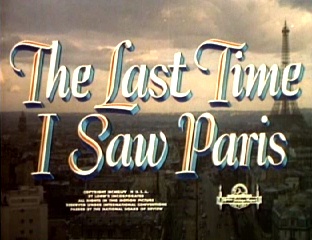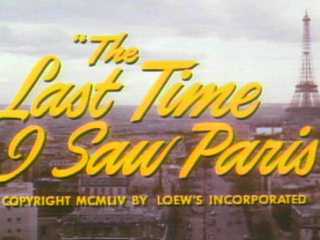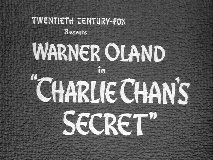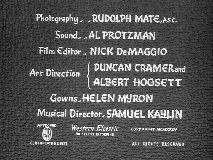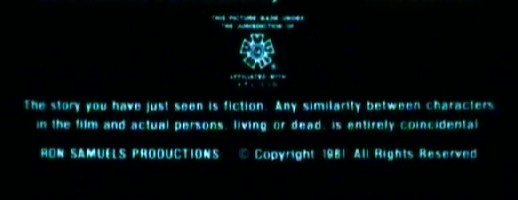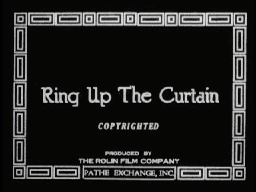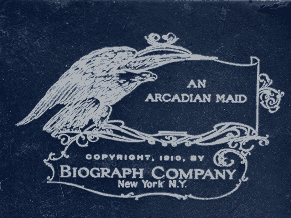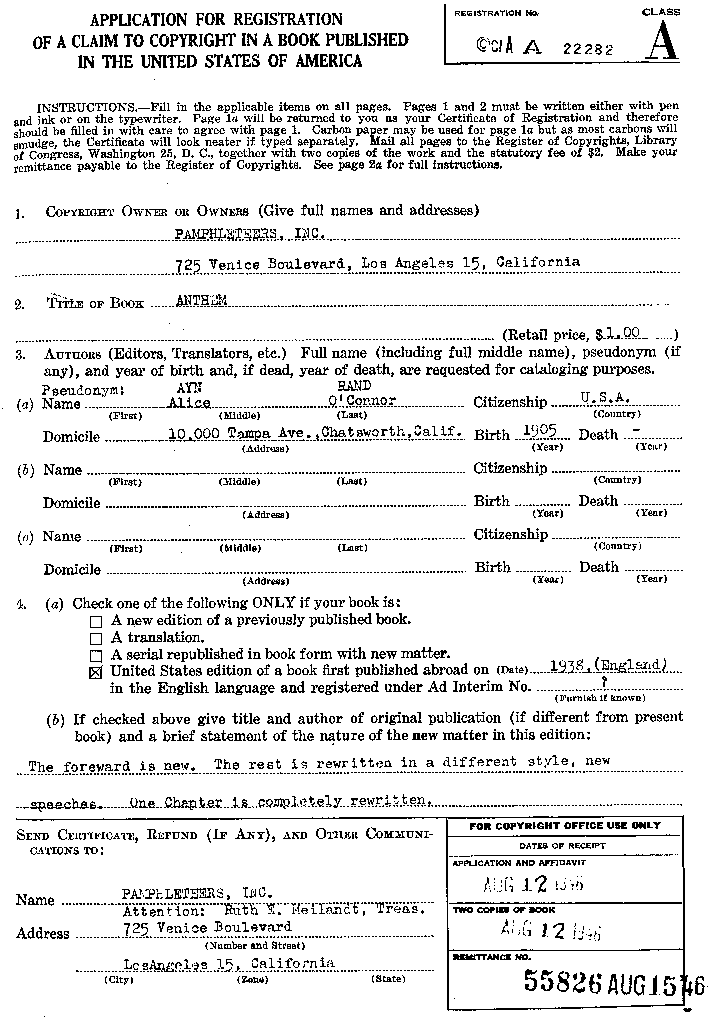The following can help you convert Roman numerals.
Guide to Roman Numerals
When Roman numerals are combined:
Thus:
* The most recent year in which “D” would be used is 1899 (MDCCCXCIX). The next year to use “D” will be 2400 (MMCD). Years which have “D” in the Roman numeral are not among those in which works are subject to uncertainty about the copyright status. Roman numerals are legal to use in place of the familiar, Arabic numerals. |
